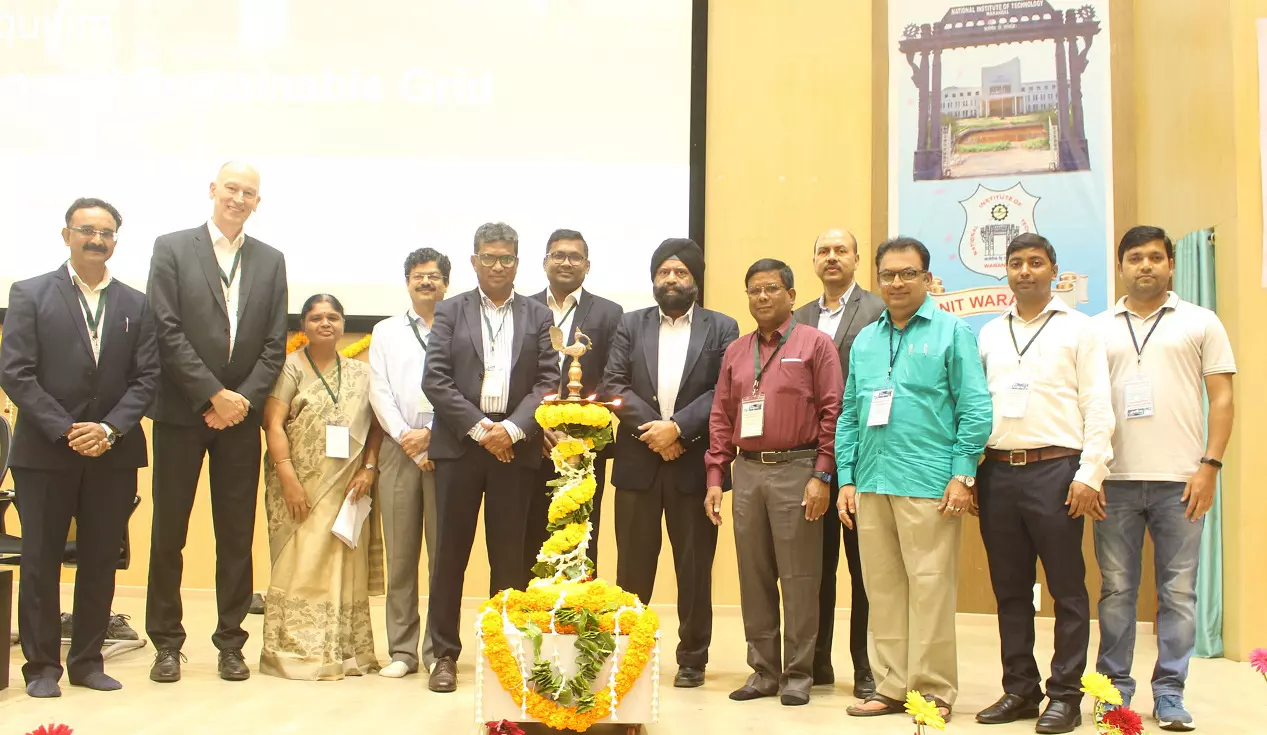Higher pvt capex key to infra growth
Despite Centre’s efforts to fuel rapid infra growth, States need to pitch in too: Eco Survey
image for illustrative purpose

Given the fiscal compulsions of Union and State governments, it is important that viable projects on the public-private participation mode emerge and get executed - Economic Survey 2023-24
Pvt sector lags behind
- Private cos accounted for just 22% of infra spend in 5 yrs
- Centre contributed a whopping 49%
- States also in slow lane with 29%
New Delhi: A higher level of private-sector financing and resource mobilisation from new sources will be crucial for India to build quality infrastructure, according to the Economic Survey 2023-24, which was tabled in Parliament by Finance Minister Nirmala Sitharaman on Monday.
According to the survey, facilitating this would not only require policy and institutional support from the central government, but State and local governments will have to play an equally important role. The survey noted that there is a need to improve data capture and reporting mechanisms for investments in infrastructure across instruments and sectors as well as its composition across different projects at a granular level. Existing databases fall short on assessing the demand for infrastructure and tracking the utilisation of facilities built in the sub-sectors, the pre-Budget document said. It pointed out that international experience shows us how initiatives at the sub-national level can facilitate resource mobilisation for infrastructure development.
“Given the fiscal compulsions and consolidation plans of the Union and the State governments, it is important that viable projects on the public-private participation mode emerge and get executed,” the survey said.
According to the survey, infrastructure-creation efforts in India are predominantly public sector-led. As per the Infrastructure Monitor 2023 published by Global Infrastructure Hub and the World Bank, India’s investment in infrastructure was largely funded by the public sector -- which includes the government agencies and state-owned entities and banks.
Between FY19 and FY23, the central and State governments contributed to 49 per cent and 29 per cent of the total investments, respectively, while the private-sector contributed 22 per cent. As per the survey, railways and National Highway Authority of India, in the total capital expenditure of the Union government, increased from 36.4 per cent in FY21 to 42.9 per cent in FY24 (RE). These two components of capital expenditure increased 2.6 times from FY21 to FY24 (RE) in their absolute values. The gross inflow of external commercial borrowings to infrastructure sectors also picked up at $9.05 billion in FY24, as against an average of $5.91 billion during FY20 to FY23.
The capital investment by the government and private sector in road sector rose from 0.4 per cent in FY15 to about 1.0 per cent of GDP (around Rs 3.01 lakh crore) in FY24. The sector has attracted its highest-ever private investment in FY24 as the private sector capitalises on a conducive policy environment. Over the last 10 years, there has been significant progress in the development of national highways, increasing 1.6 times from 2014 to 2024.
The average daily pace of NH construction increased 3 times from 11.7 km in FY14 to 34 km by FY24. The survey noted that India’s Maritime Vision 2030 outlines over 150 initiatives to improve ports, shipping, and inland waterways and envisions investments of Rs3-3.5 lakh crore. The Maritime Amrit Kaal Vision 2047 outlines over 300 initiatives across 11 key areas to drive growth and development in India’s coastal regions. “Its vision aims to reduce the average vessel turnaround time (containers) from 25 hours in 2020 to less than 20 hours in 2030,” the survey said.

